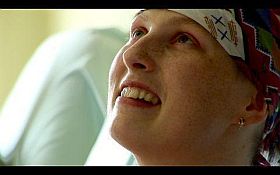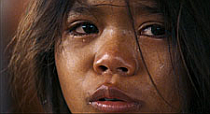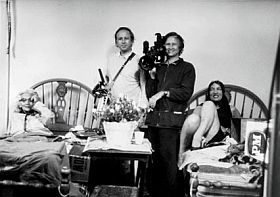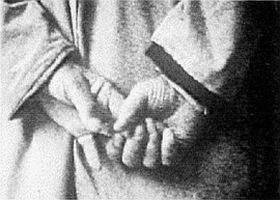


Visions du Réel Nyon 1
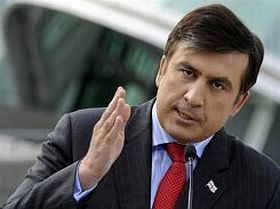
The important documentary film festival in Nyon, Switzerland takes off in two days, April 15 and goes on to April 21. As usual a huge programme is offered, an emphasis is put on the authored documentary, a strong collaboration with and influence from the European cultural channel arte is visible, workshops will take place, a market will be filled up with buyers, and feature length documentaries will be pitched. The festival has all the elements.
Also for creating a debate, I hope! Big surprise it is for me to see that the film of Nino Kirtadzé, “Something about Georgia” has been chosen for the international competition. I saw the film at the premiere in Tbilisi and wrote about it on this site. Here is some of my hard criticism: … big disappointment, I have to say. Pure propaganda for the politics of the president Saakhasvili, who according to this film has no opposition in his country… Propaganda, yes, and it could be ok, of course documentaries should have a standpoint, a personal view…
… but this new film of Kirtadzé film is unbalanced in film style, focus and narration. The start makes the viewer think that we will get close to the president. We don’t really, we don’t get an impression of him. The film then introduces the theme Georgia-Europe and we see loads of sequences where diplomats and politicians meet to discuss, most of it journalistic material as if we were watching the news on television. This is made to explain the political development before and during the war, and after with Europe as the one to blame for inactivity towards Russia and Russian aggression. Kirtadzé tries to involve ”the ordinary Georgian” and their reactions, but in most cases it does not really work, as she wants to go back to ”big politics” and the president and his opinions. The director had the conclusion of her film in her head before filming, her narration is set up to prove her point of view. This is not the way to make documentaries!
To check if my understanding of the film was totally wrong, I talked to several film people in Georgia, who previously have praised Kirtadzé as a fine filmmaker. They were more than shocked over the film, and told me that even people in the entourage of the President found it too much and totally unbalanced and political naïve.
Four other films from the international competition have been reviewed or noted on this site: Volker Koepp: Berlin-Stettin (a mature, clever personal historical film), Sergio Basso: Giallo à Milano (bravo for taking this very talented impression from Italian Chinatown), Michael Madsen: Into Eternity (the best new doc from Denmark for a long time, a clever film and surprising in its narrative), Pavel Kostomarov: Together (a brilliant cameraman turns into a fine director with this intense and original love story).

